
San Bernardino County Department of Public Health Extreme Heat Information and Resources
Did You Know?
Heat is the number one weather related killer in the United States. The heat index criteria from the National Weather Service (NSW) helps us prepare for hot weather and prevent it from becoming a “silent killer”.
Who Are Most At-Risk During Heat Waves?
- Elderly (65+)
- Babies and young children
- People with pre-existing or chronic conditions, such as diabetes, high blood pressure, heart disease, mental illness, development disability, dementia, respiratory conditions, asthma, and obesity
- The unsheltered/ homeless
- Outdoor workers and athletes
- People without air condition
- People living alone and socially isolated
- People taking diuretics, such as caffeine and alcohol or illegal drugs
- Your pets
To identify potential heat risks in your seven-day forecast, click on the button to view the National Weather Service Heat Risk map.
Recommendations To Prevent Heat-Related Illnesses

Avoid the sun-Stay indoors from 10 a.m. to 3 p.m. when the burning rays are the strongest.

Drink plenty of fluids– Drink 2 to 4 glasses of water every hour during times of extreme heat.
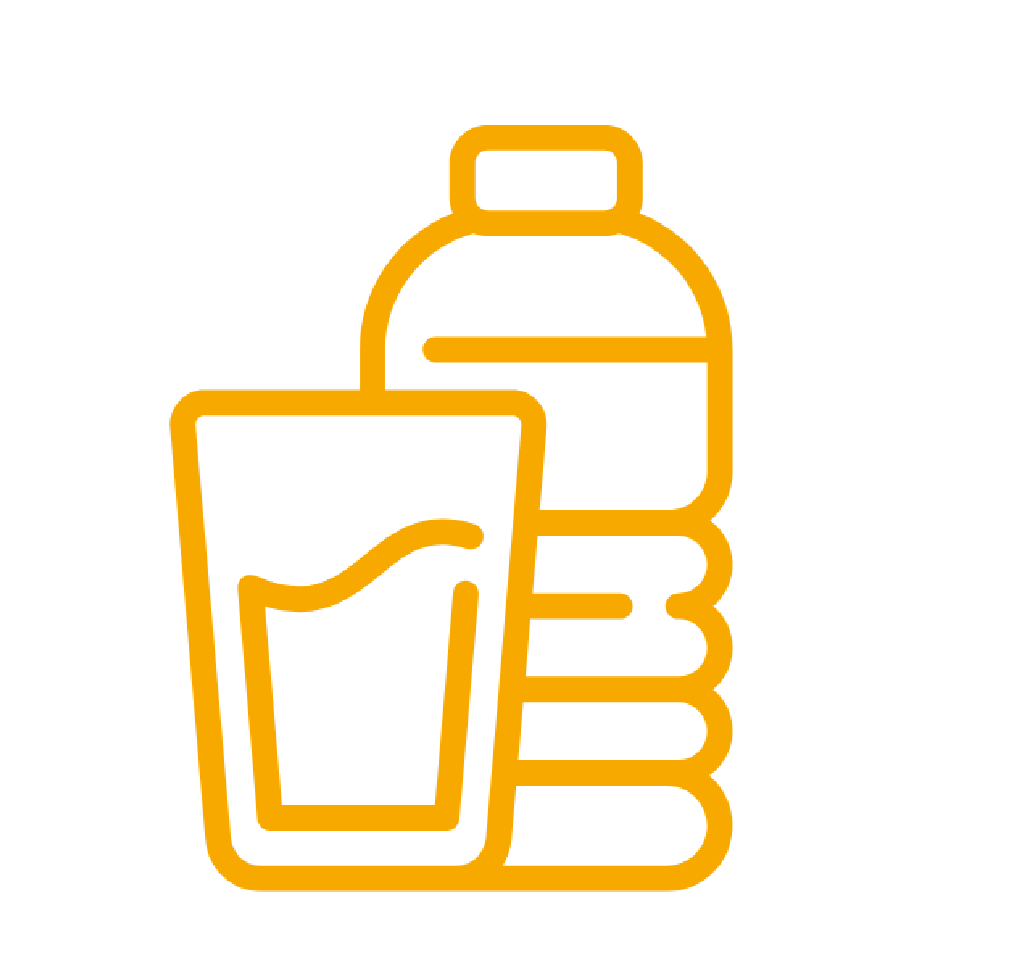
Replace salt and minerals– Sweating removes salt and minerals from your body, so replenish these nutrients with low sugar fruit juices or sports drinks during exercise or when working outside.
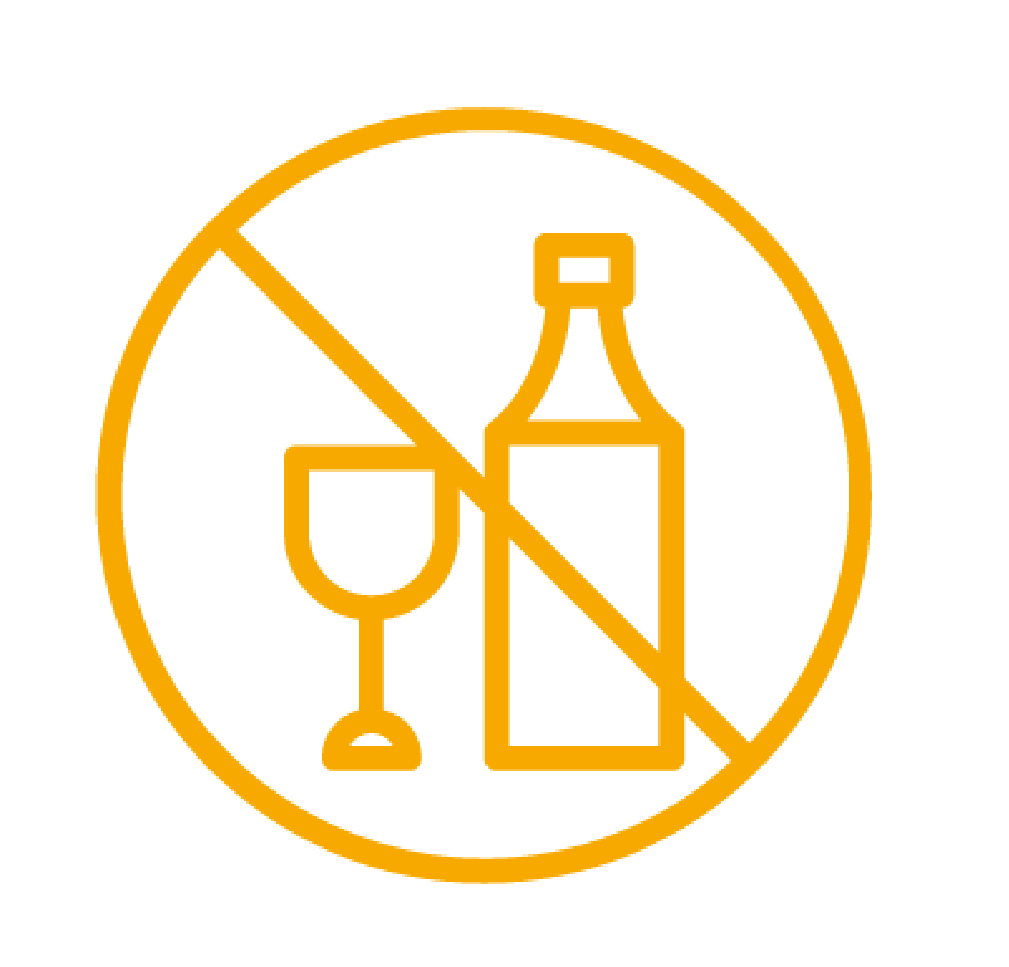
Avoid alcohol– Alcohol can cause dehydration. Drinking alcohol within 24 hours of working in the heat can increase the risk of heat illness.
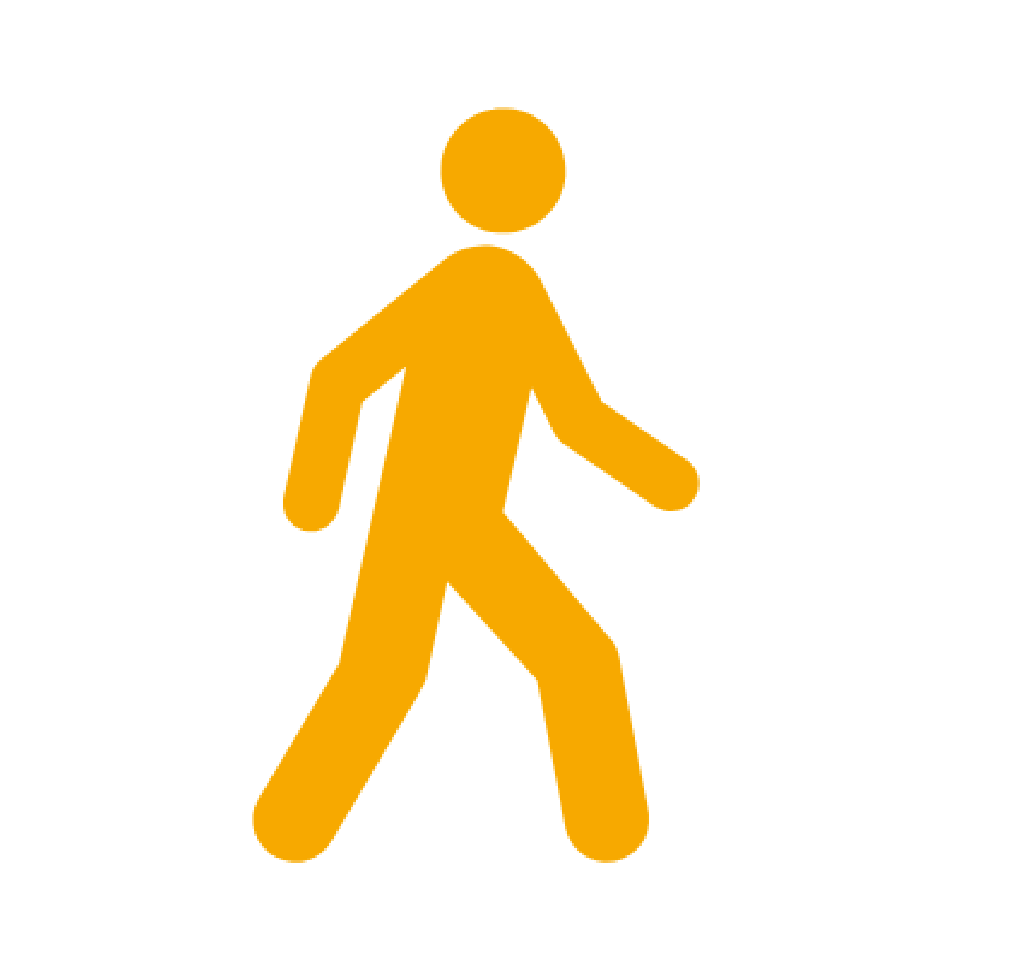
Pace yourself– Reduce physical activity and avoid exercising outdoors during peak heat hours.

Wear appropriate clothing– Wear wide-brimmed hat and light-colored lightweight, loose-fitting clothes when you are outdoors.

Stay cool indoors– Set your air conditioner between 75° tp 80°. If you don’t have air conditioning, take a cool shower twice a day and visit public air conditioned facilities.
Additional recommendations to keep a home cool are by covering windows with drapes/shapes, add insultation to keep the heat out, use attic fans, and install window air conditioners and insulate around them.

Monitor those at high risk– Check on elderly neighbors, family and friends who do not have air conditioning. Infants and children up to 4 years old, people who overexert during work or exercise (e.g. construction workers) and people 65 years and older are at the highest risk of heat-related illnesses.
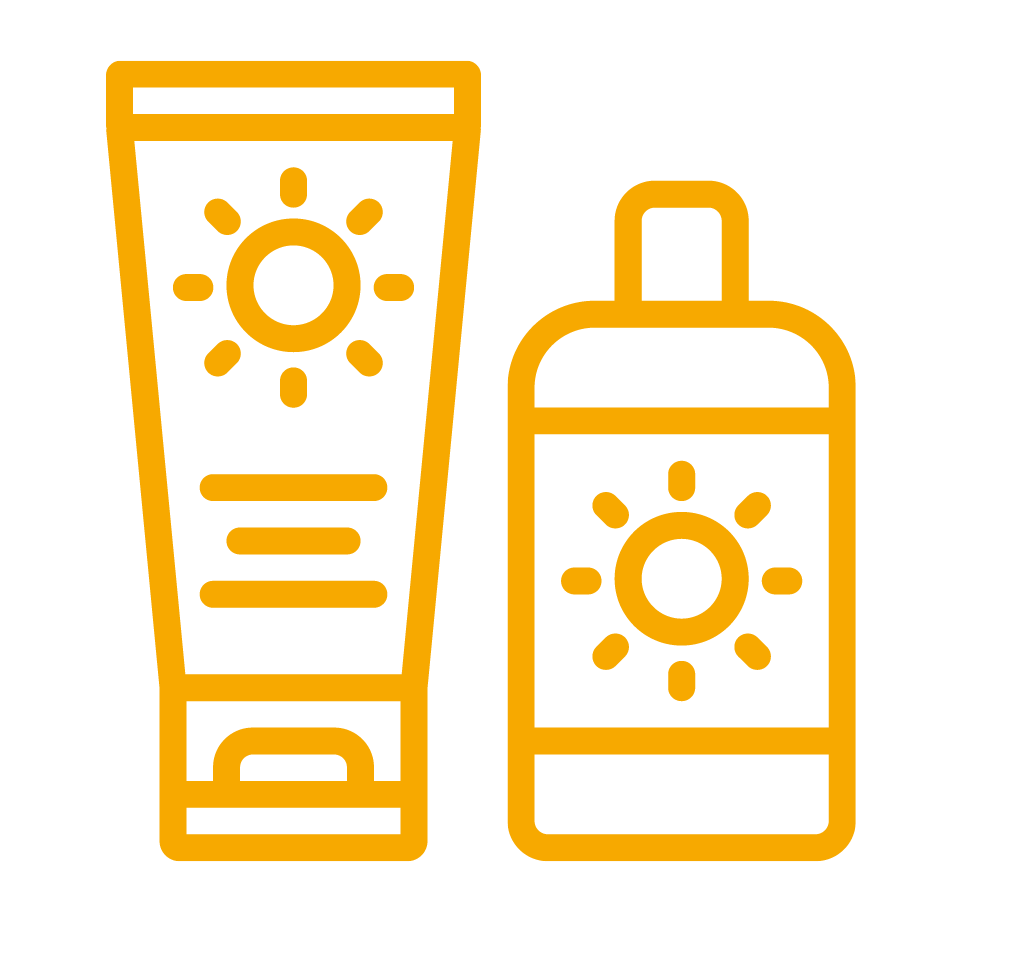
Use sunscreen– It is recommended that you use sun protection factor (SPF) of at least 15, if you need to be in the sun.

Keep pets safe– Heat also affects pets, keep them indoors or they will be outside, make sure they have plenty of water and a shaded area to help them keep cool. Never leave your pet alone in a vehicle, even if the window is cracked or open.
What Causes Heat-Related Illness?
Heat illness occurs when the body cannot cool down. The body normally cools itself by sweating, however, sometimes that is not enough. In excessive heat, especially when humidity is high, sweat does not evaporate as quickly, and the body has to work extra hard to maintain its normal temperature. Other factors can also contribute to how our body regulates temperature, such as age, health conditions, and medication or drug use.
There are several types of heat related illness: heat rash, heat cramps, heat exhaustion, and heat stroke. The most serious form of heat related illness is heat stroke. This occurs when the body’s temperature rises quickly, the sweating mechanism fails, and the body cannot cool down. If not addressed on time, heat stroke can cause permanent damage or can lead to death.
For more information on heat-related illnesses and ways to prepare or prevent them, check out the Centers for Disease Control and Prevention website at: Extreme Heat | Natural Disasters and Severe Weather | CDC
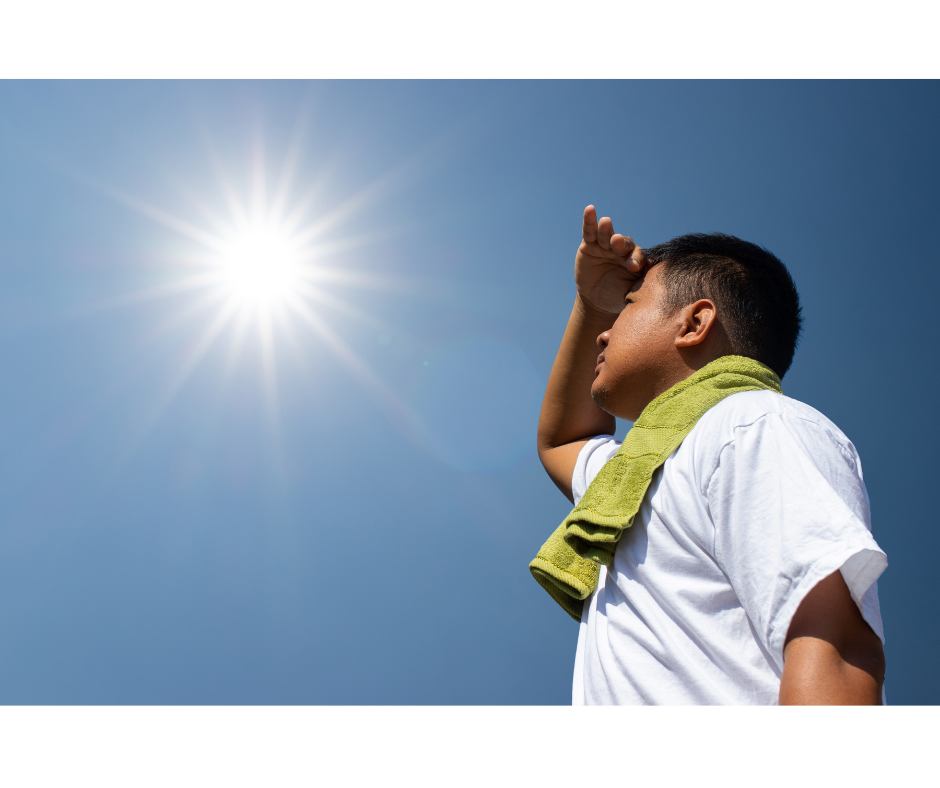
Heat-related illnesses are preventable. Learn the symptoms and what to do if you or a loved one shows signs of having a heat-related illness.
Power Outages

Extreme heat may cause power outages. For safety tips during power outages,
check out:
Note: National Weather Service (NSW) provides weekly forecasts in your area,
use this service to check temperatures in advance and plan ahead.
Sign-up for weekly updates on County-wide news.
San Bernardino County publishes a weekly e-newsletter update every Friday with the latest news, which may include heat wave tips. You can sign up at: San Bernardino County, California (govdelivery.com)
Or view every update HERE.






